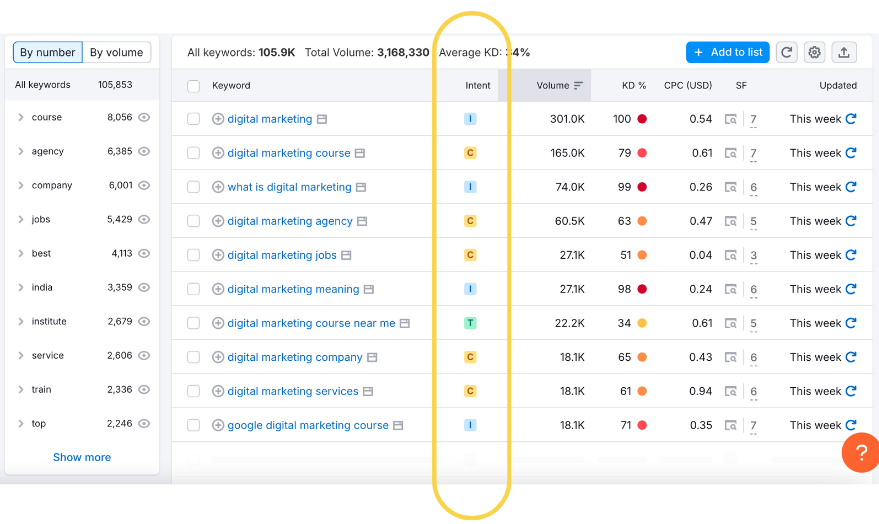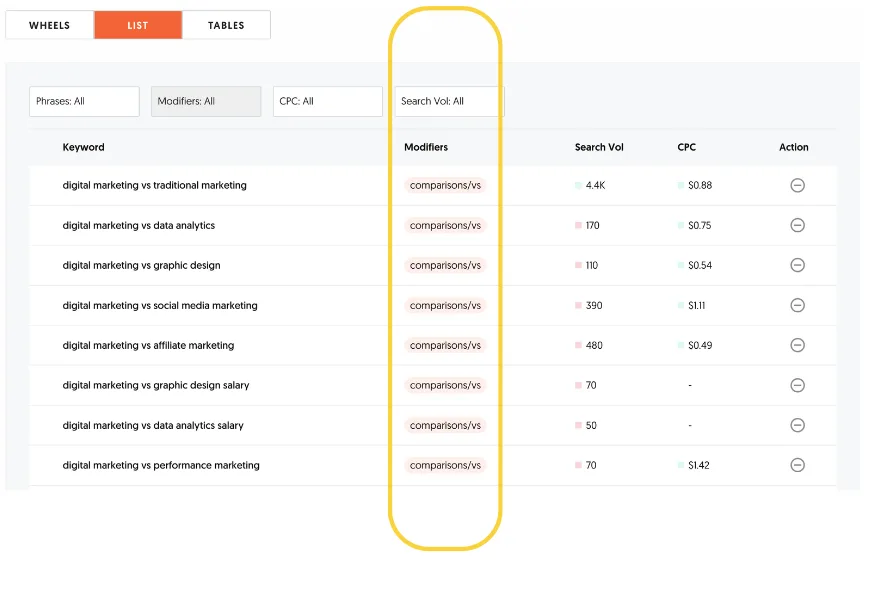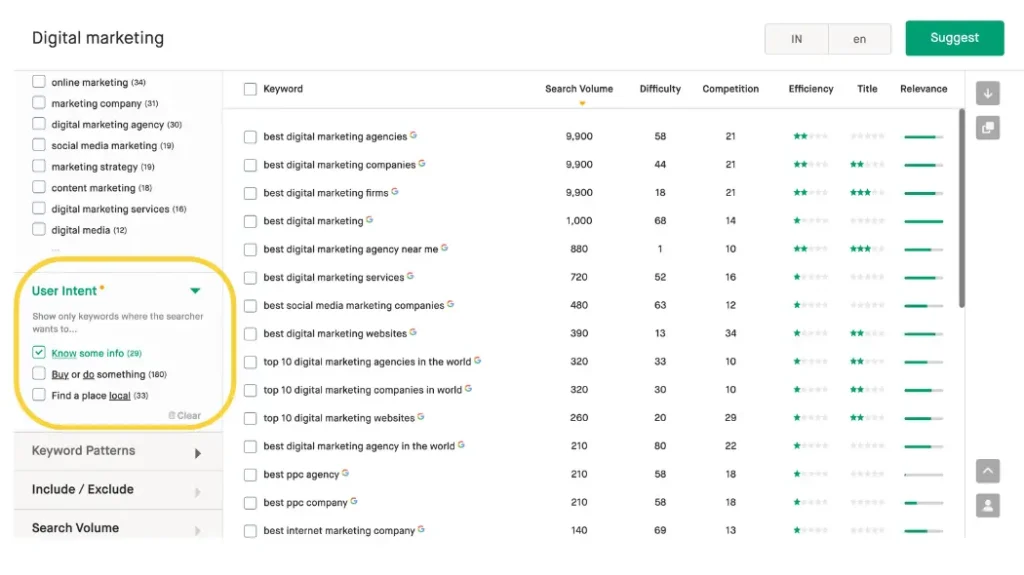What Is Search Intent in SEO? Tools to Help Your Content Strategy

SEO?
Isn’t it easy? Just write some random blogs with keywords, and you’re all set.
have you ever heard someone say that? I have.
The truth is, if you don’t know what the user wants, how can you create a content strategy that speaks to them?
User search intent is really important for making great content; it’s the heart of effective SEO. Let’s look at what user intent means and how to build a strong content strategy around it.
Understanding User Intent
Let’s say you have a keyword and want to write about it.
But do you know why someone is searching for that keyword? Are they looking to buy something or just want information?
That’s what user intent tells you. It shows the reason behind a person’s search.
Knowing this intent is key to creating better content. Here are the main types of user search intent SEO:
- Informational: The user is looking for answers, like “How to train a puppy” or “Easy yoga poses at home.”
- Navigational: The user wants to find a specific website, like “Amazon” or “Facebook.”
- Commercial: The user is thinking about buying something but needs more info, like “Best puppy training books” or “iPhone 16 reviews.”
- Transactional: These users are ready to buy. They might search for “Buy a puppy training guide” or “Restaurants near me.”
Understanding these user search intents in SEO is crucial for effective keyword research. When you know what your audience wants, you can create content that really connects with them.
Extra Read:
To learn more about the types of SEO keywords and how they align with search intent, check out my article on 8 Types of SEO Keywords You Must Know.
How to Get User Intent Right
As I mentioned, user intent is everything we need. But how can you understand the user’s psychology? Why are they searching for something?
Let me simplify it for you by sharing some amazing tools to help you uncover user intent. Here are a few tools that can assist you:
These tools will give you valuable insights into what your audience is searching for and help you create content that meets their needs.
Let’s see how to use each of them.
1. SEMrush Keyword Magic Tool
To everything SEO, there is Semrush. That’s what I think about it! If you want to find user intent, their Keyword Magic Tool is a fantastic option.
Lets see how you can use this,
To get started, go to the tool and enter your keyword.Then, select a country and click “Search.”

You’ll see all related keyword options along with their intent.

Just like you see here, the first letter of each type of intent will be displayed. If you hover your cursor over it, you’ll get information on what it means.
Simple, right?
This page also shows the keyword difficulty (KD), which helps you choose your topics.
Always aim for topics with medium to low keyword difficulty but a good amount of search volume.
2. Answer The Public
Answer the Public is a fantastic tool for uncovering user intent. The best part? It shows you exactly what people are searching for.
To get started, simply enter your target keyword and select the country for the search results.

You’ll instantly see the questions people are asking for.

The results also include modifiers, search volume, and CPC, making it easier for you to provide direct answers to their questions.
If you’re still confused, let me give you two examples.
- If someone asks, “What is the best digital marketing course to learn?” you can create a list of courses they can take. If you’re an agency, showcase the courses you offer so potential customers can easily make a purchase.
- Another example is the modifier “How.” If users search “How does digital marketing work step by step?” you can provide a detailed guide on the steps and benefits.
Always aim to curate content based on their searches. Give them direct answers that satisfy their queries.
And remember, always stick to the list or table view—trust me, the wheel view can be overwhelming!
3. Twinword
Twinword is another excellent tool for getting user intent right. If you ask me which one I use the most, it’s definitely this one!
To get started, just like the other tools, enter your keyword and select the country.

And voilà! You’ll receive a wealth of information to help with your content strategy.

What sets Twinword apart is that it offers more insights for free compared to the other two tools. Here are a few extra perks I love about Twinword:
- Efficiency Score: This shows which keywords are best to include in your content.
- Title Score: It suggests the best keywords for your title. Aim for keywords with a score above 2.
- Relevance: This tells you how closely each keyword relates to your original search term.
With these features, Twinword can significantly enhance your content strategy!
Conclusion
So, there you have it! Understanding search intent in SEO is the key to creating content that truly connects with your audience. With tools like SEMrush, Answer the Public, and Twinword at your fingertips, you can uncover what your users are searching for and craft content that meets their needs.
But let’s be real—SEO and user intent can get a bit tricky. That’s why it’s often a smart move to bring in a digital marketing strategist in Kochi who knows the ropes. They can help you navigate this complex landscape and ensure your content strategy hits the mark.

Great Article